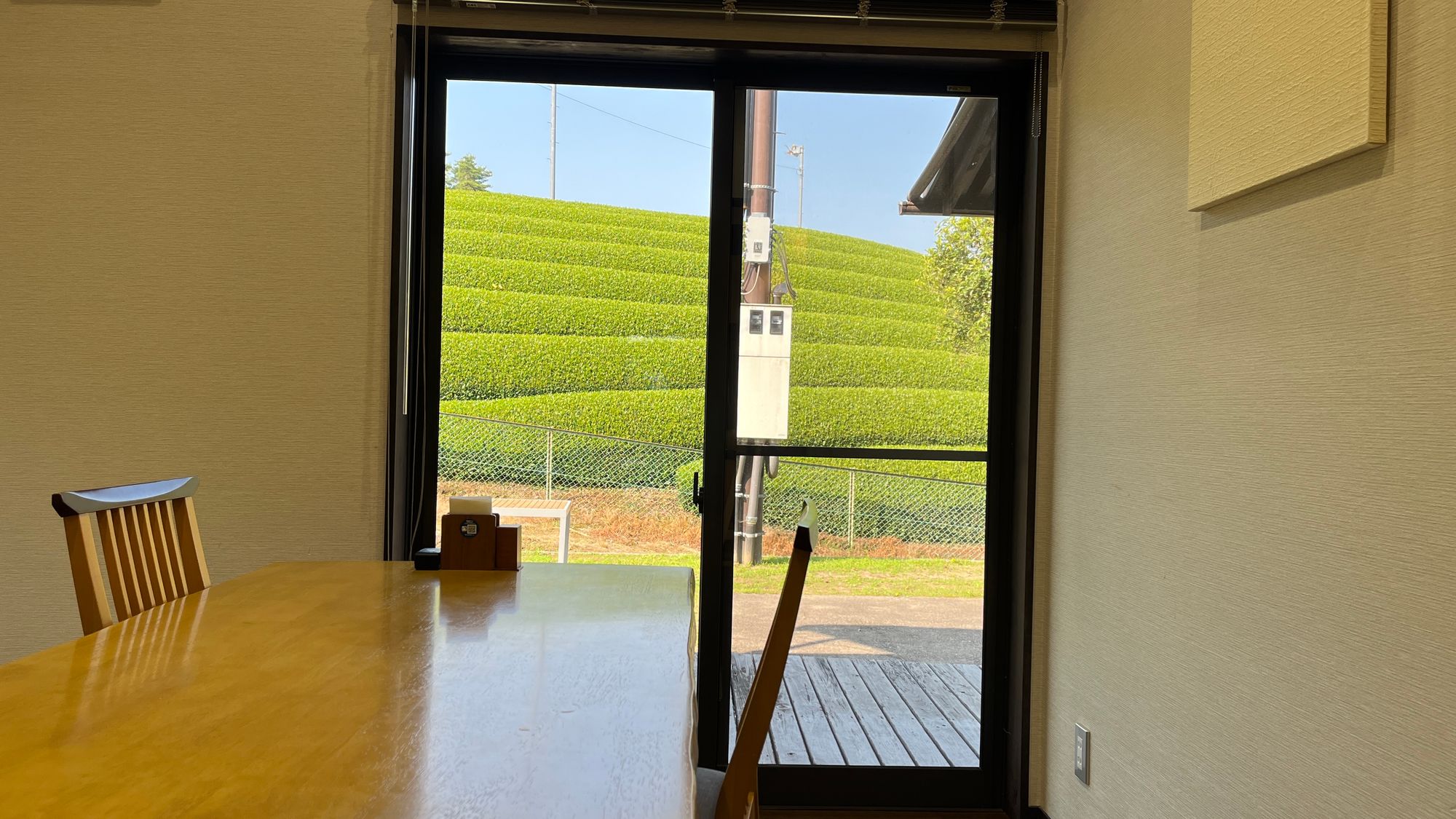GJTA Master Course – Arrival
The Global Japanese Tea Association is a non-profit organisation established in Japan in January 2019. It focuses on creating a community around education and information about Japanese tea. Connecting producers, other organisations and consumers around events, Q&A sessions, courses and more.
On Saturday 17th of June, I arrived at the Osaka international airport. After a night in Osaka, I took a rapid train to Kamo station, around an hour away, from Tennoji station. I am glad I could take this train and skip several stations until Nara. The train ride was great. I could soak in the sceneries I became so used to while living in Osaka since 2019.
After arriving at Kamo station, I jumped on a bus where two other participants for the course were travelling. Too shy to ask, I opted to stay in my seat until we arrived at the station and gathered the courage to introduce myself. We walked together through the bridge where the bus station is and walked towards the guesthouse. On the way to the guesthouse, we pass through two cafes I will have to visit during my stay. They all serve, of course, tea-flavoured ice creams and other refreshments.
Once at the guest house, we were received with a big smile by Simona, who waited patiently for our arrival. The guesthouse is located on a beautiful small hill over the village baseball field, where some youngsters were training at that time, and it is surrounded by tea fields on the sides and back. In fact, I am just seeing a neatly manicured row of tea bushes from the door of the mess hall I am writing these lines.

After dropping off the bags at the guesthouse, I left again towards the village, where I took a small stroll. Stopping at the local Miyakou to shop for Tabi shoes. I wanted to buy them for a long time, but shipping to Europe is ridiculous. Before Miyakou, you will find the local tourist centre. I was greeted by two chatty ladies who expected some of us to show up. They kept referring to us as “Simona’s students”. Interestingly enough, we ended, somehow, talking about European bread styles.
After the tourist centre, I weaved my way to the local temple they pointed out on a map. On the way there, I walked just below a steep hill covered in rows of tea bushes. I knew Wazuka grew tea on hills and slopes, but it strikes differently once you see it in person. It was incredibly humbling to see they harvest from such inclines. After a brief look at the quiet oasis of the local temple, I started the walk towards the guesthouse again. Which inevitably meant walking past a lady selling daifuku on the street. Unfortunately, my favourite kind, chestnut daifuku, was already sold out. But I got some Yomogi and another one I do not remember its name. She told me how close her shop was and what days she is open at the shop or selling around town.
When I got back, the other participants that arrived were chatting with Simona. And we did so until later afternoon. And also, after dinner, most of us gathered and got to know each other a bit. It was interesting to see how different our backgrounds are and how tea is the main connection point between us in one way or another. The conversations ranged anywhere from tea books to nitro tea or tea education. It was a great experience to hear those stories and experiences.
I look forward to seeing what we will learn on our first day and the rest of our stay in the beautiful village of Wazuka.
